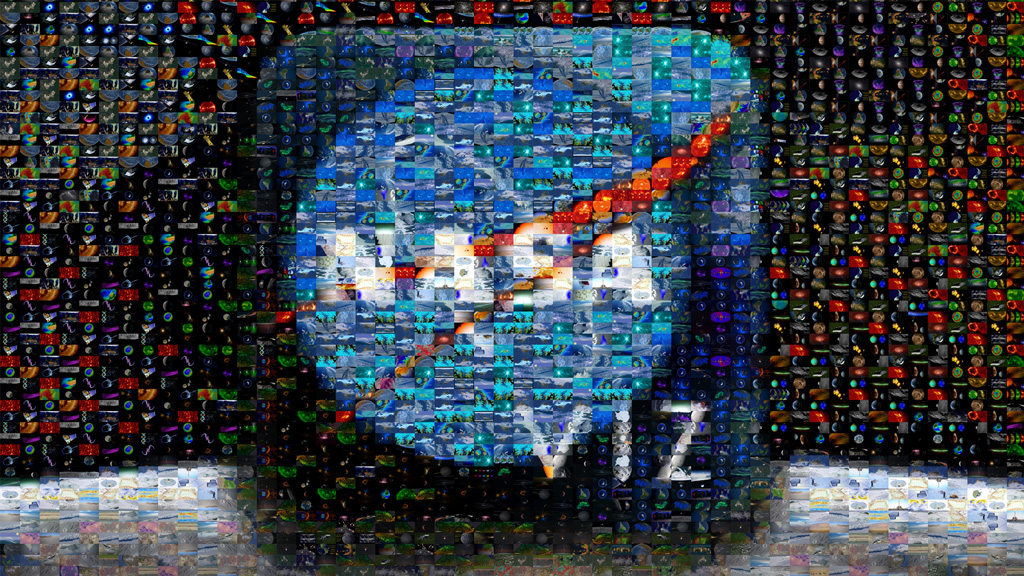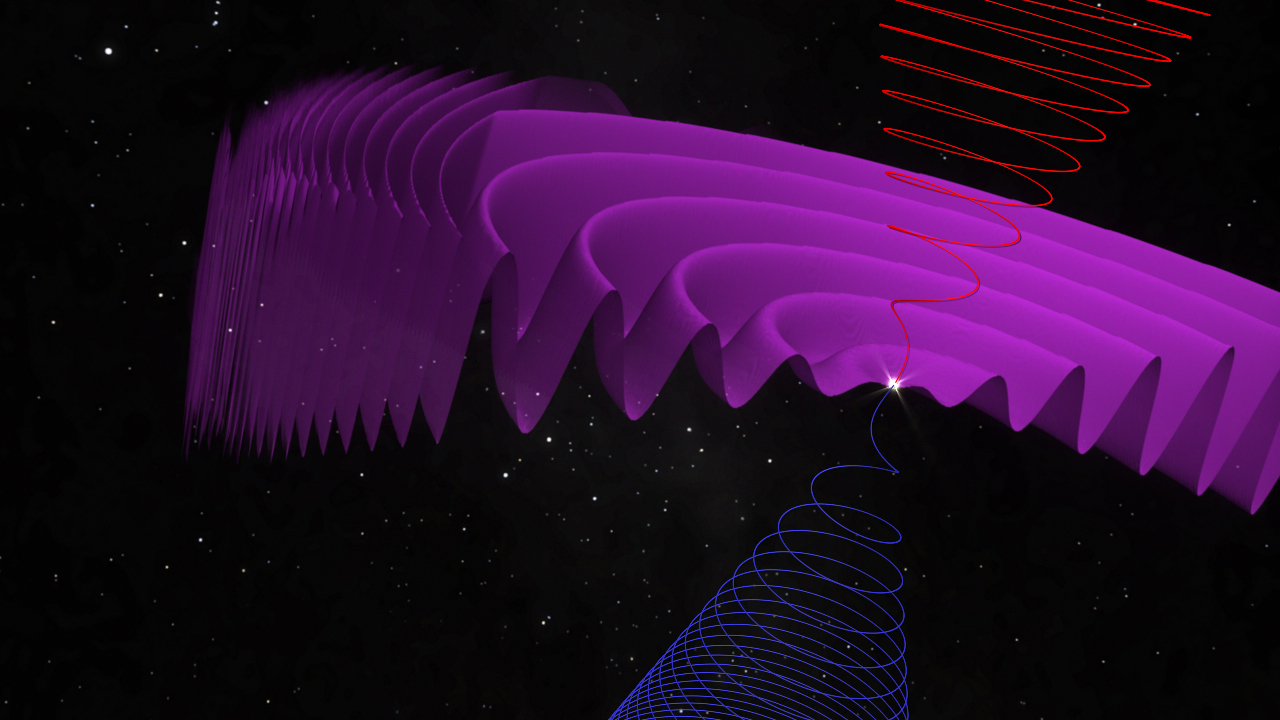Bubbles At The Edge Of The Solar System
After a three-decade journey away from Earth, the two Voyager spacecraft are approaching the outer edges of the solar system. To scientists' surprise, the satellites have revealed a region vastly different than previously modeled. The solar system's boundary is defined by a steady stream of particles known as the solar wind. The solar wind shoots out from the sun until it pushes up against the galactic medium and slows down at a line called the termination shock. Beyond this lies the heliosheath, where the solar wind's journey stops completely. Scientists thought the solar wind turned back smoothly at this point, sweeping back around the outskirts of the solar system. As seen in the video below, Voyager now shows that solar wind hits the heliosheath and piles up into a frothy layer filled with magnetic bubbles. This layer must have an affect on how intense energetic particles from the rest of the universe, called cosmic rays, make it into our solar system. But scientists have yet to figure out if the bubbles help stop the bulk of the rays, or are the prime factor that allows them to enter.

NASA's two Voyager spacecraft reveal the frothy border of the solar system.
Launched in 1977, the two Voyager spacecraft (a conceptual of Voyager II shown here) have almost reached the edge of the solar system.

The sun's magnetic field spirals out in waves (seen in purple) that compress at the solar system's edge.

Scientists once thought the border of the heliosheath, seen in blue, had a smooth surface.

Scientists now know magnetic bubbles pile up at the edge of the solar system, as seen here.
For More Information
See NASA.gov
Credits
Please give credit for this item to:
NASA's Goddard Space Flight Center/Conceptual Image Lab
-
Animators
- Walt Feimer (HTSI)
- Michael Lentz (USRA)
- Chris Smith (HTSI)
- Tom Bridgman (Global Science and Technology, Inc.)
-
Video editor
- Scott Wiessinger (USRA)
-
Narrator
- Scott Wiessinger (USRA)
-
Producer
- Scott Wiessinger (USRA)
-
Scientist
- Merav Opher (Boston University)
-
Writer
- Karen Fox (ADNET Systems, Inc.)
Release date
This page was originally published on Thursday, November 24, 2011.
This page was last updated on Wednesday, May 3, 2023 at 1:53 PM EDT.

